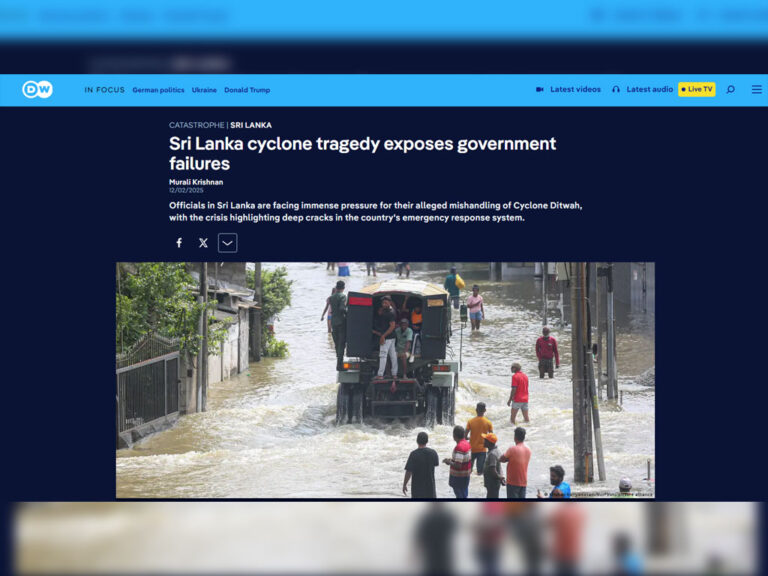
Sri Lanka recorded a current account deficit in the fourth quarter of 2024 and drew down its foreign reserves to repay debt, official data shows. This development follows significant money printing by the Central Bank to reduce interbank rates by a few basis points during the period.
Imports surged in December 2024, largely due to excess liquidity injected over the preceding three months to bring interest rates to the middle of the policy corridor. This move aimed to ease credit conditions as economic activity began recovering but ended up undermining the scarce reserve regime.
The current account, essentially the mirror image of the financial account in balance of payments accounting, reflects dependence on foreign savings for investment—particularly when not driven by open market operations. In economies like the U.S., foreign savings flow in due to attractive investment conditions, while in others, domestic capital destruction due to depreciation triggers the need for foreign funds.
Without money printing, financial account inflows invested domestically typically result in increased imports, automatically broadening the current account due to higher dollar availability. However, central banks that collect reserves can face balance of payments deficits when printed money turns into credit and imports.
Countries also often have to repay debt either by fresh borrowing or by drawing down reserves when interest rates incompatible with their balance of payments are maintained by inflationary open market operations.
Contrary to mercantilist views that trade surpluses are essential for debt repayment, excessive money printing often drives import growth that outpaces exports—even when exports increase.
The confusion surrounding balance of payments emerged in the early 20th century during the so-called ‘age of inflation’ following the invention of the policy rate and open market operations by the U.S. Federal Reserve. This period is widely believed to have triggered the Great Depression.
Keynes and the Transfer Problem
John Maynard Keynes proposed the ‘transfer problem,’ arguing that Germany could not make reparations due to a lack of trade surplus. However, classical economists such as David Hume, David Ricardo, and John Stuart Mill, along with 20th-century economists Bertil Ohlin and Jacques Rueff, argued that money printing and foreign borrowing caused Germany’s trade deficit. Rueff later helped fix France’s balance of payments with the Pinay-Rueff stabilization program, which introduced the New Franc.
Economists like Ludwig von Mises highlighted that monetary stability depends not on trade balances but on avoiding inflation. He emphasized that increased bank credit and unfavorable balances of payments were responsible for currency devaluation, not trade deficits.
Sri Lanka’s Recent Monetary History
Under inflationary monetary policies since 2011, the Sri Lankan rupee devalued from 113 to 184. Between 2015 and 2022, amid a mid-corridor targeting policy and heavy foreign borrowing, the country eventually defaulted on its external debt.
By Q4 2024, Sri Lanka’s central bank returned to looser monetary policy, injecting liquidity and prompting rising imports. The debt restructuring process and expectations surrounding vehicle import re-openings also led to early import cover through short-term credit.
Despite budget support loans and financial account inflows, the country’s central bank must maintain a resilient monetary regime. These recent events are considered a dress rehearsal for potential risks under a single policy rate system, especially if private credit accelerates.
Sri Lanka currently operates under a 5–7% inflation target, with the policy rate at 8%, yielding a real interest rate of only 1% at the upper end. Without a strong scarce reserve regime or market-driven interest rates, the country risks re-enacting its previous post-war financial crises.
The Global Context
Open market operations (OMOs) gained traction in the 1930s. Some of the earliest central banks to adopt them were in Latin America under the influence of Triffin-Prebisch missions. While the Monetary Approach to the Balance of Payments (MAPB) made strides in combating mercantilism, it lacked the clarity and effectiveness of classical economic thought.
Fiscal reforms and debt restructuring are necessary steps, but without sound monetary policy, Sri Lanka risks repeating past cycles of external default and financial instability.




